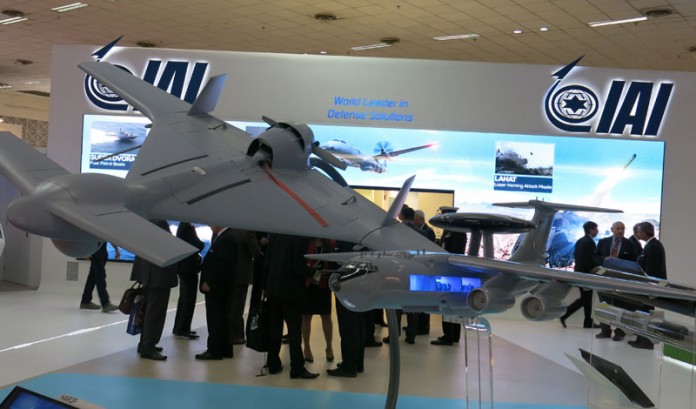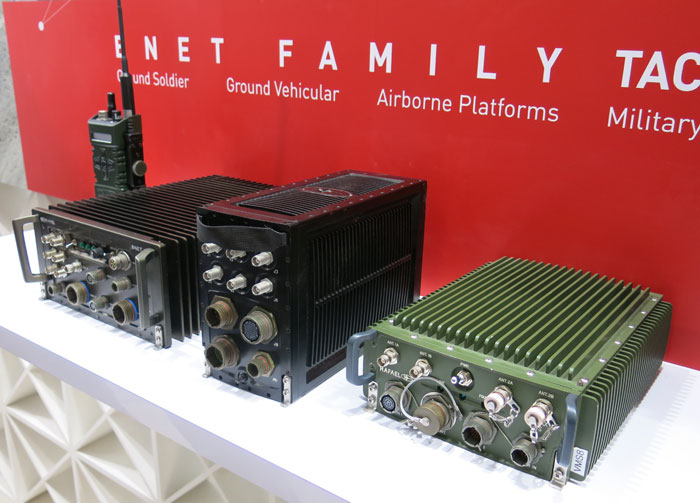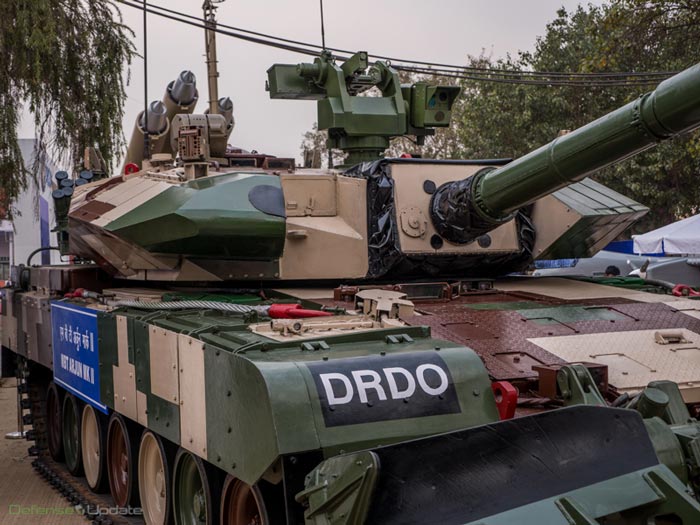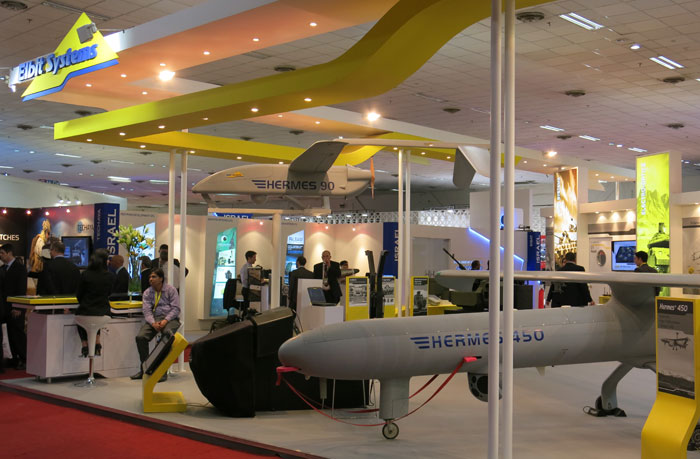
With two of the major Israeli companies IAI and RAFAEL cleared from the bribery investigations that have casted shadows on business and dried out new contracts for months, the recent clearing of the Israeli companies form suspicion are likely to re-open the Indian wallets once again, moving forward with a number of programs that were on the waiting list for quite some time.

Barak I is one of those programs. Admittedly an old (yet not obsolete) system, Barak I is still the principal point defense system protecting Indian surface combatants and the missile boats of the Israeli Navy. In recent years the missiles used for testing and training have gradually depleted war ready stocks, and the Navy desperately needs replenishment stocks that are likely to be released now, as the shadow of investigation cast away. Barak I is one of the systems protecting India’s ‘indigenous’ surface combatants, along with a number of associated radars and other combat systems provided by Elta, IAI and other Israeli and foreign suppliers. Another missile program currently underway is Barak 8, also known for its designation – MRSAM. The missile developed by IAI MBT and DRDO is positioned to be the ultimate anti-air medium-range weapon, designed to defeat any threat – ballistic, cruise, or guided missile that may challenge the protected vessel. The program has been delayed for considerable time. Although most of the delays are derived by technical and coordination issues between India and Israel, the program has shown progress recently and is expected to reach system integration testing soon.
 Avionics systems are another area for cooperation between India and Israel. The leading authority for the collaborative work in this area is Hindustan Aeronautics Limited (HAL) which has teamed with Israeli Aerospace Industries to integrate the EL/M-2052 active electronically scanned array (AESA) radar in the Indian Indigenous fighter – the LCA. This advanced radar will provide the LCA superior combat capabilities, compared to any jet fighter using standard radars. Although the LCA is referred to as ‘indigenous’, this aircraft is filled with foreign systems. For example, none of the indigenous weapons developed for this indigenous fighter have reached maturity, and the Indian Air Force is now seeking the integration of Israeli missiles, including the Python V imaging infrared (IIR) homing missile and Derby Beyond-Visual-Range RF guided missile on this platform. The Israeli targeting pod – Rafael’s LITENING, will also equip this fighter.
Avionics systems are another area for cooperation between India and Israel. The leading authority for the collaborative work in this area is Hindustan Aeronautics Limited (HAL) which has teamed with Israeli Aerospace Industries to integrate the EL/M-2052 active electronically scanned array (AESA) radar in the Indian Indigenous fighter – the LCA. This advanced radar will provide the LCA superior combat capabilities, compared to any jet fighter using standard radars. Although the LCA is referred to as ‘indigenous’, this aircraft is filled with foreign systems. For example, none of the indigenous weapons developed for this indigenous fighter have reached maturity, and the Indian Air Force is now seeking the integration of Israeli missiles, including the Python V imaging infrared (IIR) homing missile and Derby Beyond-Visual-Range RF guided missile on this platform. The Israeli targeting pod – Rafael’s LITENING, will also equip this fighter.

Both RAFAEL and IAI were recently shortlisted to compete in the prestigious Airborne SDR (software defined radio) tender, offering the Indian Air Force a modern, high capacity data and voice network that will eventually replace the IAF networks and airborne datalinks. The two Israeli companies were the only ones that managed to pass the challenging selection process conducted by the air force labs.

On land, indigenous systems are also relying on Israeli systems. For example, the new Arjun Mk II tank, a new and improved version of the Arjun is relying on a number of Israeli hardware, primarily from Elbit Systems. These include the commander’s independent sight and gunner’s optronics, laser-warning devices and active countermeasures against guided weapons. Many of the improvements implemented in the Arjun Mk II were based on a study and recommendations done by another Israeli company – IMI, which has since banned from India for 10 years, following allegations of bribery by an independent consultant that was associated with the company. While IMI has to wait years until it can rebuild its operations in the country, its investment and contribution into the improvement of the tank’s armor, weapon system and mobility will benefit and protect the Indian warfighter for years to come.
Realizing many of the developments could be produced in India, the government is insisting on major procurement programs to be produced in the country, through joint ventures and affiliated companies that share up to 26 percent of foreign ownership.
Israeli companies were quick to take this opportunity, seizing large contracts for communications systems, night vision devices, weapon sights, simulation systems, ammunition and more. These JVs are likely to be elevated to larger systems, with the establishment of several cooperation agreements announced last year. One such agreement is a JV between Elbit Systems and Bharat Forge, for the joint development and manufacturing of artillery systems. IAI and Tata have struck another deal, aiming at unmanned systems while RAFAEL has already established cooperation with India’s leading missile house Bharat Dynamics and is negotiating several JVs with corporations in the government owned PSU and private sector undertakings, these JVs are likely to focus on evolving opportunities related to missile technologies.
weapons and developed by IAI Elta. for joint development of have entered into joint development programmes to manufacture Chetak helicopters into ship-borne UAVs, and the Indian Navy has placed an order for eight such machines.


















